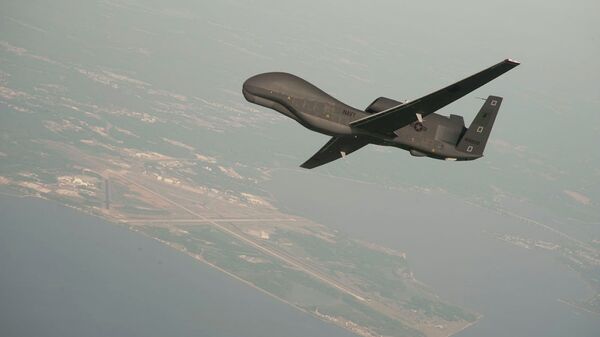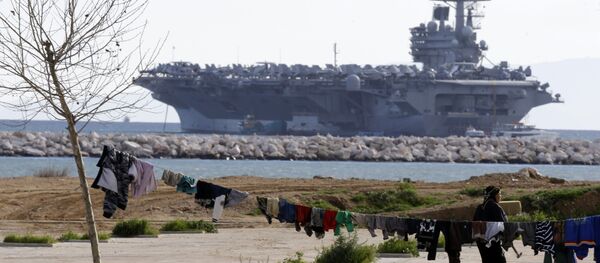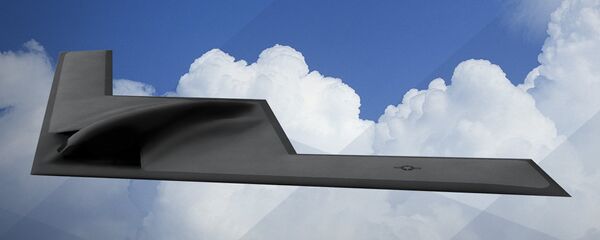Speaking on the company's third quarter earnings call, Wes Bush, CEO of Northrop Grumman, said that based on "the particular nature of that final" request for proposals send out earlier this month, the company had withdrawn from the competition.
General Atomics, Lockheed Martin and Boeing are the remaining firms that will bid on the potentially lucrative program. The General Services Administration and the Pentagon will make the final determination in September 2018.
The Stingray will give planes taking off from US Navy aircraft carriers 300 to 400 miles reach "beyond where we typically go," Vice Adm. Mike Shoemaker said in August. Having an aerial refueler will also allow F/A-18 Super Hornets to ditch some of the tanker duties they've been relegated to; as many as 20 to 30 percent of the Navy's hornets are simply refueling other jets.
"If Northrop is dropping, it's because they've looked at the requirements and decided the Navy isn't looking for the plane they're offering," Jerry Hendrix, a retired US Navy captain and analyst at the Center for a New American Security, told Defense News.
"Let me be clear," Bush told shareholders and analysts, "if you can't really execute on [one of these opportunities] and deliver on it to your customer and your shareholders, then you've done the wrong thing." Northrop's dividend grew 82 percent over the past half-decade while its share price has increased 365 percent — results that will be "hard for the company to replicate" in the future, Seeking Alpha reports.




